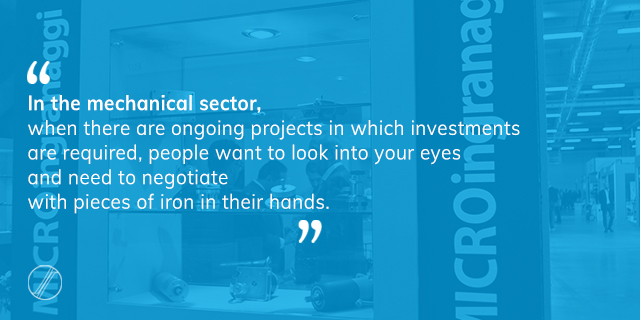Some time ago we talked about how important – at the time of the brief – it is to collect all the design specifications in order to avoid the development of a solution that involves non-compliance or at least one that is not in line with what was requested by the customer. Very true. At times, however, we also find ourselves receiving some unusual requests. Over the years, for example, I have noticed that one of the inputs that we are most commonly given by the customer at the initial phase is that
the noise of the gear or of the gear motor must be very low.
MICROingranaggi deals with small or very small mechanisms and, in my experience, this request is almost never dictated by real needs to contain noise pollution for the specificity of the application in question but rather by the psychological association between silent mechanism and quality mechanism. In other words:
it is often a common belief that the quieter a mechanism is, the higher its quality will be.
The direct consequence is that we receive with increasing frequency requests for objects that should be able to move almost as if they were animate – instead of through electromechanical energy as is actually the case – a sort of “silent force” that we associate psychologically with human movements, that is something that is familiar to us and that therefore reassures and pleases us.
The fact is however that although the “high noise/incorrect or poor quality gear” association may be spontaneous, it is not quite correct because there are many factors that affect the noise level of these kinds of components to which I would like to dedicate one of the future posts.
It goes without saying that, in the case of an application that is sensitive to noise, assigning a grade quality of gearing (according to current standards of reference) is a must because the allocation of an appropriate level of quality is one of the causes of noise.
Requests for increasingly quiet gears are accompanied by another type of request: namely to contain the dimensions of the automation. In practice the “type servomechanism” requested from us more often than not is expected neither to be seen nor heard. And again: in the ideal world of the customer if the product to be automated already exists, the addition of a servomechanism should not require changes to the dimensions of the product itself but should adapted to the space available.
Fortunately, most of the time we are able to meet the demands of our customers, partly by using micro motors and high-quality commercial components, partly by studying innovative solutions and, more so, partly with the design and construction at our company of high-precision and ultra-compact gears and gearboxes.






